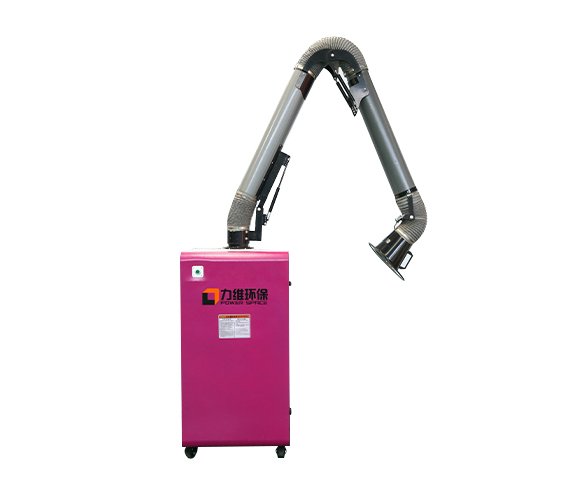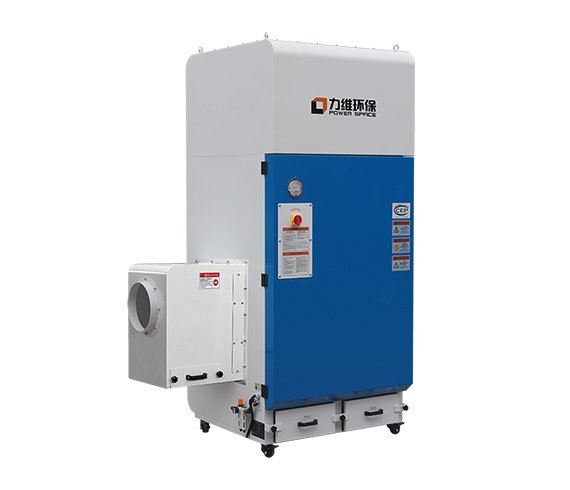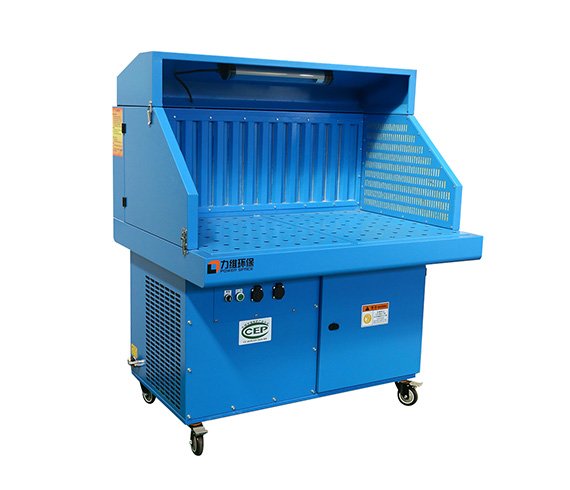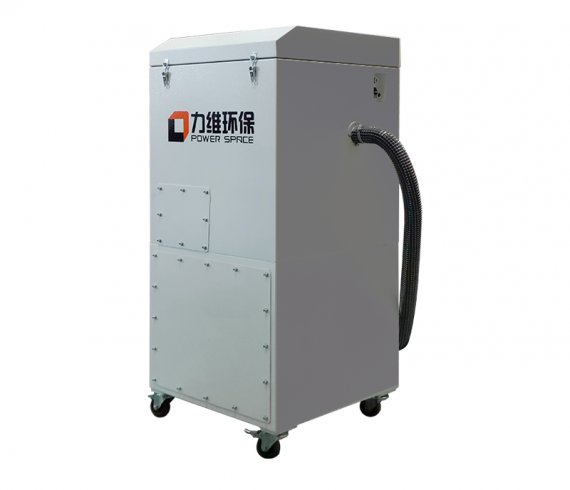News
Power Space tailor-made dust removal plan for you
Maintenance Guide for Laser Fume Extractors
Proper maintenance is essential for prolonging the lifespan and ensuring the optimal performance of laser fume extractors. This article outlines several key maintenance practices for laser smoke collectors to help industrial professionals effectively manage their equipment.
Regular Manual Cleaning of Laser Fume Extractors'Filter Cartridges
Regular manual cleaning of laser fume extractors's filter cartridges is an essential maintenance task to ensure the continued efficiency and longevity of the equipment. Laser dust collectors are used to remove and filter contaminants generated during laser cutting, engraving, and marking processes. Here's how to approach the regular cleaning of filter cartridges:
1.Deep cleaning: Automatic blow back cleaning system is crucial for maintaining the efficiency of laser fume extractors. Typically, when filter cartridges become clogged, the automatic offline dust cleaning function of the laser dust extractor is prioritized. However, in cases of severe blockage where the automatic system fails, manual cleaning becomes necessary. You can refer the presure gauge to choose the suitable cleaning way:
| 0Pa-1000Pa | Regular |
| 1000Pa-2000Pa | Suggest use automatic blow back cleaning system |
| 2000Pa-3000Pa | Suggest use manual cleaning way |
| >3000Pa | Suggest replace cartridge filter |
2.Light cleaning: If you must use manual cleaning way, you can wear appropriate dust-proof clothing and use a soft brush or air gun to gently remove dust clumps from the surface of the filter cartridge. Follow up with compressed air to blow off surface dust.
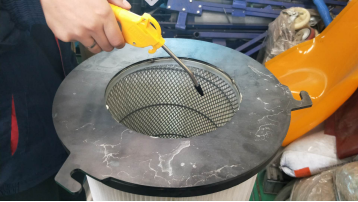
3.Replacement Filters: Some laser dust collection systems use disposable filters that cannot be cleaned and must be replaced according to the manufacturer's recommendations. And here are some filter cartridges maintenance tips for you:
(1). Schedule Regular Cleaning: Establish a regular cleaning schedule based on the manufacturer's recommendations and the level of use.
(2). Monitor Airflow: Keep an eye on the airflow indicators or use a manometer to measure the pressure drop across the filters. A significant drop may indicate that the filters need cleaning or replacement.
(3). Documentation: Keep a log of cleaning and maintenance activities for each fume extractor to track usage and ensure proper maintenance intervals are followed.
Always refer to the manufacturer's guidelines for specific cleaning instructions, as different filter materials and designs may require different cleaning methods. Incorrect cleaning can damage the filters and reduce their effectiveness.
Periodic Cleaning of Laser Fume Extractors'Dust Collection Drawers
Periodic cleaning dust collection drawers is crucial to maintain the efficiency and performance of the fume extraction system. Regular cleaning prevents dust and debris from clogging the drawers, which can impede airflow and reduce the extractor's effectiveness. Here's a step-by-step guide on how to perform this maintenance task:
1.Inspect the drawers for any damage or wear that could affect their performance.
2.Use a brush or compressed air to remove any remaining dust and debris. For more stubborn particles, a vacuum with a brush attachment can be effective.
3.If the manufacturer recommends it, you can wipe the inside and outside of the drawers with a damp cloth, but make sure they are completely dry before reinserting them into the extractor.
4.After cleaning, inspect the drawers for any signs of damage. If damaged, they should be replaced to ensure the extractor operates properly.
5.Once clean and dry, reinstall the dust collection drawers into the laser smoke collection, making sure they are securely in place.
6.Turn on the fume extractor to test its operation and ensure that the airflow is not compromised.
It can lead to severe blockages and potential filter cartridge damage that failure to promptly clean the dust collection drawers of the laser fume extractor. While cleaning frequency may vary based on laser power, gas types produced during cutting, and operational hours, it's generally recommended to clean the dust collection drawers every 5-7 days or when dust accumulation reaches half of the drawer's capacity.
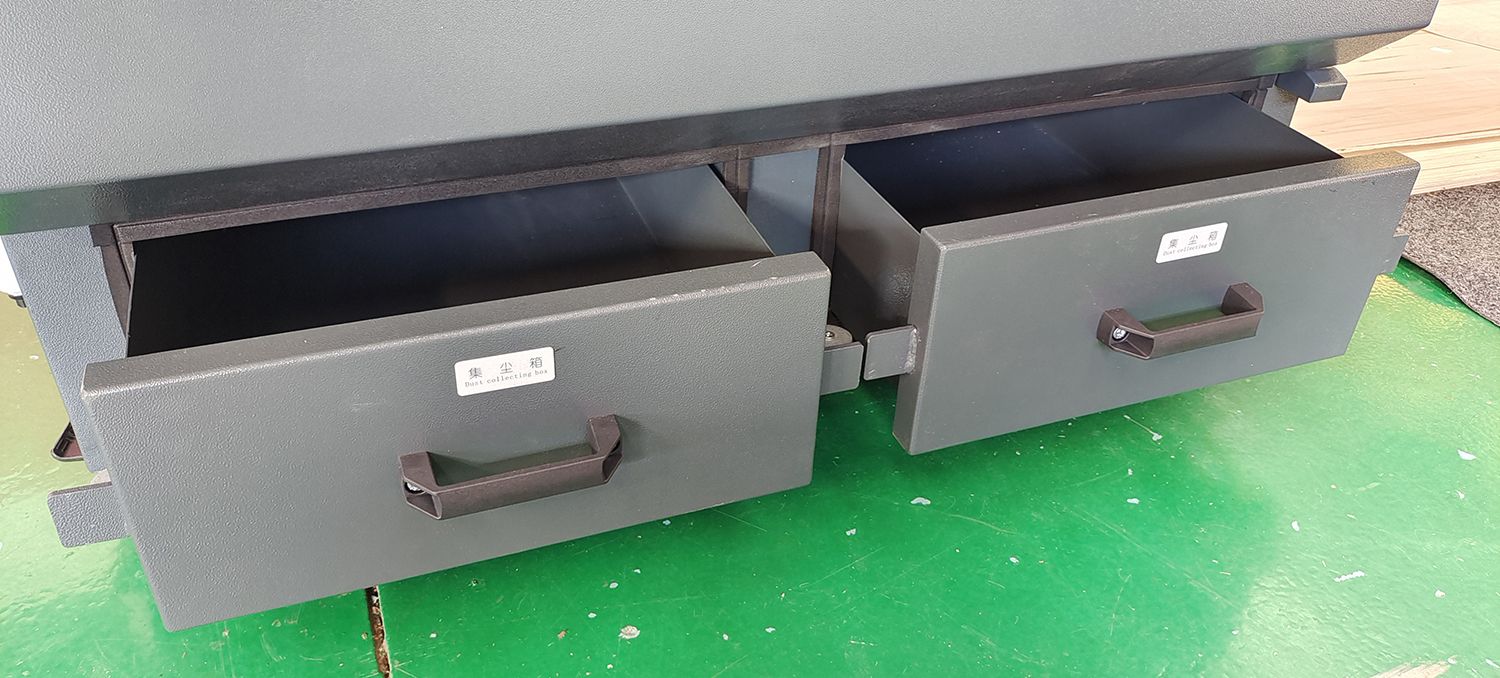
Regular Cleaning of Laser Fume Extractors'Flame Arrestor
The metal flame arrestor is designed to capture large metal particles such as iron shavings, providing crucial safety protection for the laser smoke collector. However, it also requires regular cleaning to maintain optimal performance. Depending on actual usage conditions, cleaning intervals can range from weekly to monthly.
1.Turn off and unplug the laser fume extractor to ensure it is not operational during cleaning.
2.Wear safety gloves and glasses to protect yourself from dust and debris.
3.Locate the flame arrestor, which is usually found at the exhaust or intake of the fume extractor.
4.Remove any panels or guards necessary to access the flame arrestor.
5.Inspect the flame arrestor for any visible damage or wear that could compromise its function. If damaged, it should be replaced.
6.Use a soft brush to gently remove loose dust and debris from the surface of the flame arrestor.
7.If necessary, apply a mild detergent to a rag or directly to the flame arrestor and gently scrub the surface. Avoid using abrasive materials that could damage the mesh or other components.
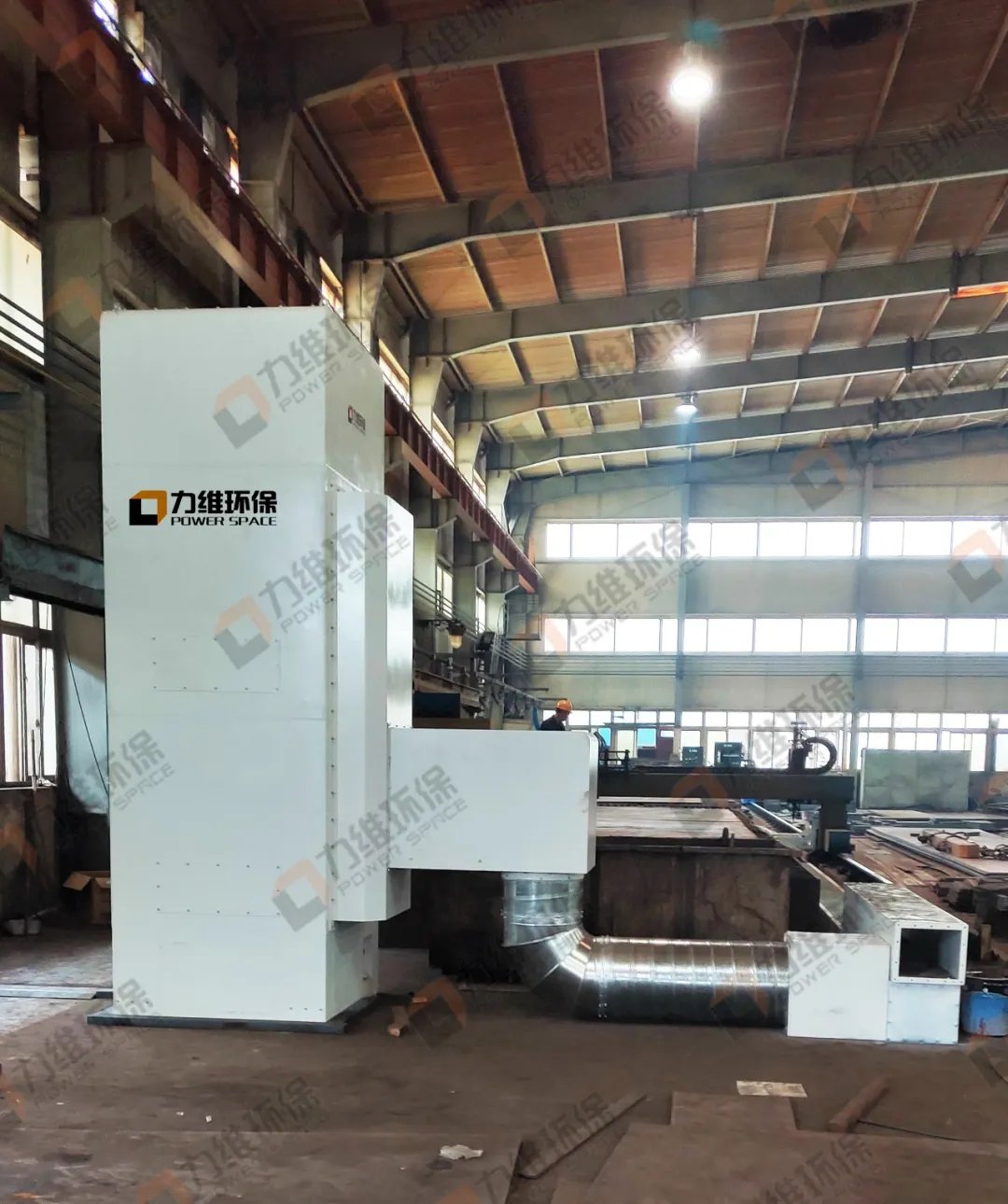
Follow Manufacturer's Maintenance Schedule
You should adhere to the maintenance schedule provided by the manufacturer of the laser fume extractor for long lifespan. Then manufacturer will give the suggestions to keep Spare Parts running smoothly. POWER SPACE, the professional laser dust extractor manufacturer. We have experiences more than 15 years. Let me know if you need more details or further assistance with this topic.
Conclusion
By following these maintenance guidelines, you can ensure that your laser fume extractor remains in optimal working condition, thereby protecting the health of operators and extending the lifespan of the equipment.
Implementing these maintenance practices not only ensures the longevity of laser fume extractors but also optimizes their filtration efficiency and safety features. Adhering to manufacturer-recommended maintenance schedules and guidelines further enhances equipment reliability in industrial settings.



